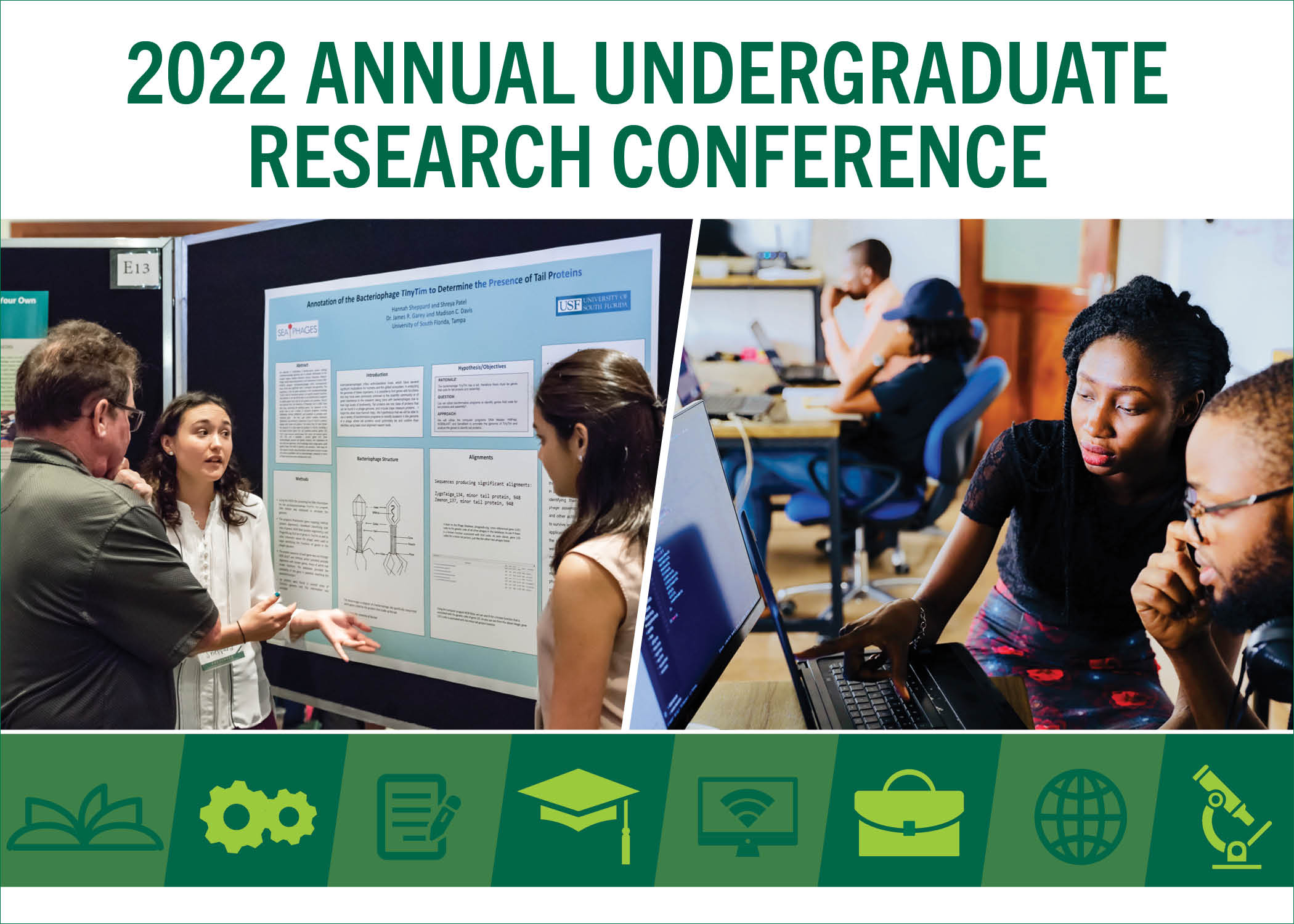COVID-19 Around the World: Does Ethnicity Influence Prevention Practices and Beliefs?
Mentor Information
Dr. Donna Lee Ettel-Gambino
Description
Introduction: Previous research has suggested that COVID-19 continues to remain a major public health threat despite of race or ethnicity. However, individuals from unique ethnic background vary in behaviors, health profiles, and risks. Therefore, the following study was conducted to better understand the relationship between ethnicity and certain COVID-19 related beliefs and practices, amongst collegiate students.
Materials and Methods: A causal comparative approach was utilized. A multi-variance analysis of variance was conducted utilizing SAS 9.4 (Cary, NC). The independent variable was the students' ethnicity. The dependent variables were 1) student compliance with hand-washing; 2) avoiding close contact with infected individuals; 3) wearing masks indoors; 4) wearing masks outdoors; 5) maintaining physical distancing; 6) opinion on vaccine protection against omicron; and 7) whether individuals were fully vaccinated.
Results: The study resulted in three statistically significant findings: 1) the proportion of students (96%) who reported frequently washing their hands thoroughly to protect themselves (p<0.04); 2) the proportion of students (66%) who reported wearing masks outdoors (p<0.02); and 3) the proportion of students (90%) who reported being fully vaccinated (p<0.01).
Discussion: Encouraging all students to comply with the guidelines set forth by the CDC may help minimize any ethnic inequalities and enhance healthcare for all. While most students practice COVID-19 protection measures, there are ethnic disparities among certain behaviors.
Conclusion The findings and information from the study may help university administrators make informed decisions and look to implement new prevention strategies that will help maximize COVID-19 guideline compliance and minimize the spread of the virus, amongst the entire student population.
Loading...
Please select your campus affiliation
Tampa
COVID-19 Around the World: Does Ethnicity Influence Prevention Practices and Beliefs?
Introduction: Previous research has suggested that COVID-19 continues to remain a major public health threat despite of race or ethnicity. However, individuals from unique ethnic background vary in behaviors, health profiles, and risks. Therefore, the following study was conducted to better understand the relationship between ethnicity and certain COVID-19 related beliefs and practices, amongst collegiate students.
Materials and Methods: A causal comparative approach was utilized. A multi-variance analysis of variance was conducted utilizing SAS 9.4 (Cary, NC). The independent variable was the students' ethnicity. The dependent variables were 1) student compliance with hand-washing; 2) avoiding close contact with infected individuals; 3) wearing masks indoors; 4) wearing masks outdoors; 5) maintaining physical distancing; 6) opinion on vaccine protection against omicron; and 7) whether individuals were fully vaccinated.
Results: The study resulted in three statistically significant findings: 1) the proportion of students (96%) who reported frequently washing their hands thoroughly to protect themselves (p<0.04); 2) the proportion of students (66%) who reported wearing masks outdoors (p<0.02); and 3) the proportion of students (90%) who reported being fully vaccinated (p<0.01).
Discussion: Encouraging all students to comply with the guidelines set forth by the CDC may help minimize any ethnic inequalities and enhance healthcare for all. While most students practice COVID-19 protection measures, there are ethnic disparities among certain behaviors.
Conclusion The findings and information from the study may help university administrators make informed decisions and look to implement new prevention strategies that will help maximize COVID-19 guideline compliance and minimize the spread of the virus, amongst the entire student population.



Comments
Poster Presentation